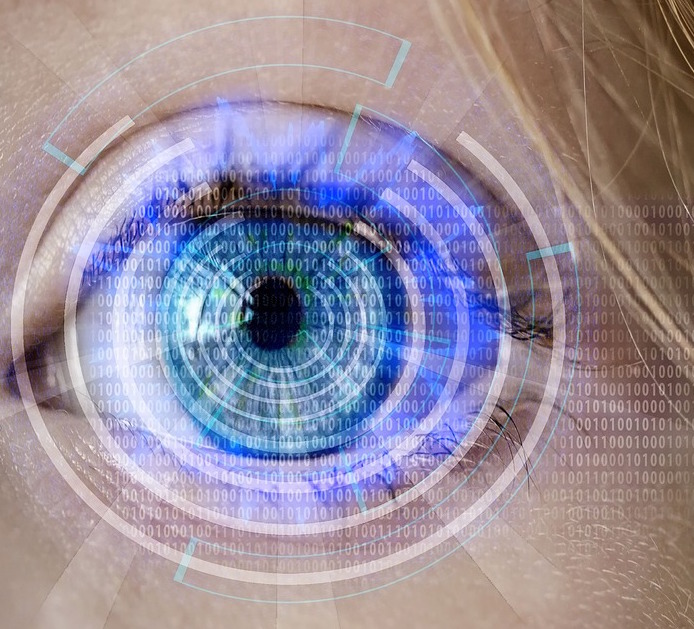AUTOMATION
SOLUTIONS
OVERVIEW
Building automation is the automatic centralized control of a building’s heating, ventilation and air conditioning, lighting and other systems through a building management system or building automation system (BAS). The objectives of building automation are to improve occupant comfort, achieve more efficient operation of building systems, reduce energy consumption and operating costs, and improve the life cycle of utilities systems.
We focus on helping you discover the advancement options available to meet your specific workplace objectives. The goal is to implement self-manageable technologies that promote a positive work environment and subsequently increase employee productivity. These added benefits are in addition to eliminating unnecessary time and expense from your daily operations.
With over 20 years of technology & communications experience, we bring an understanding of how vital systems operate and work together.
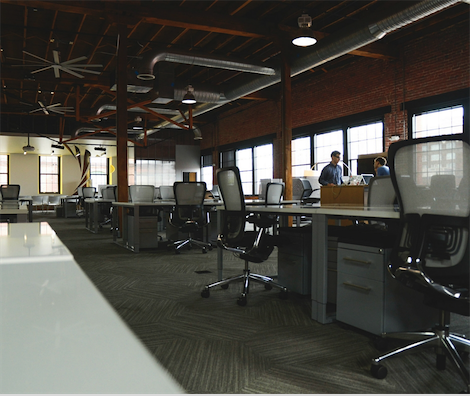
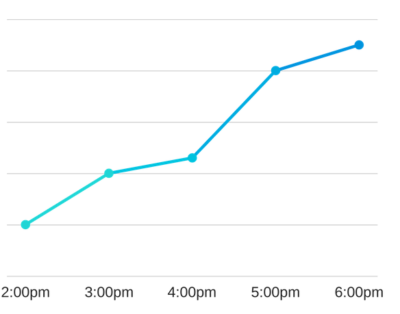
[cta id=”1280″ vid=”0″]
Placement of lighting outside your building with timed or motion sensor controls can play a part in the security of your building. Keeping your grounds well lit at night, especially near doors and entries, can help deter unlawful entry while making your employees feel safe to come and go.
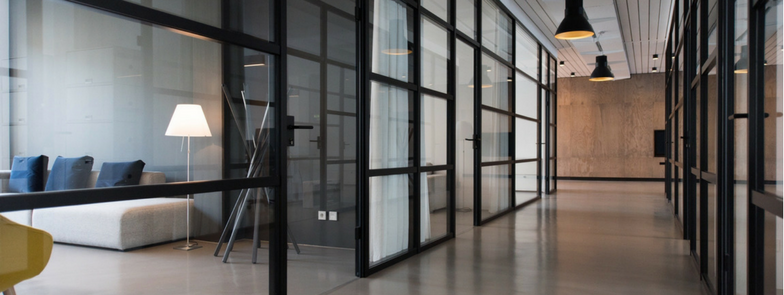
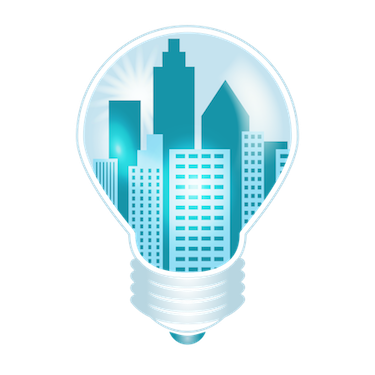
[cta id=”1271″ vid=”0″]
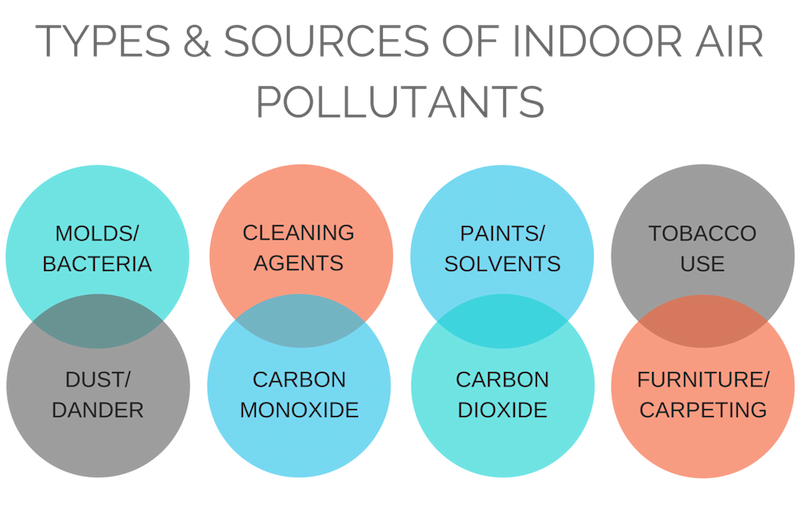
[cta id=”1271″ vid=”0″]


[cta id=”1271″ vid=”0″]
[cta id=”1271″ vid=”0″]
